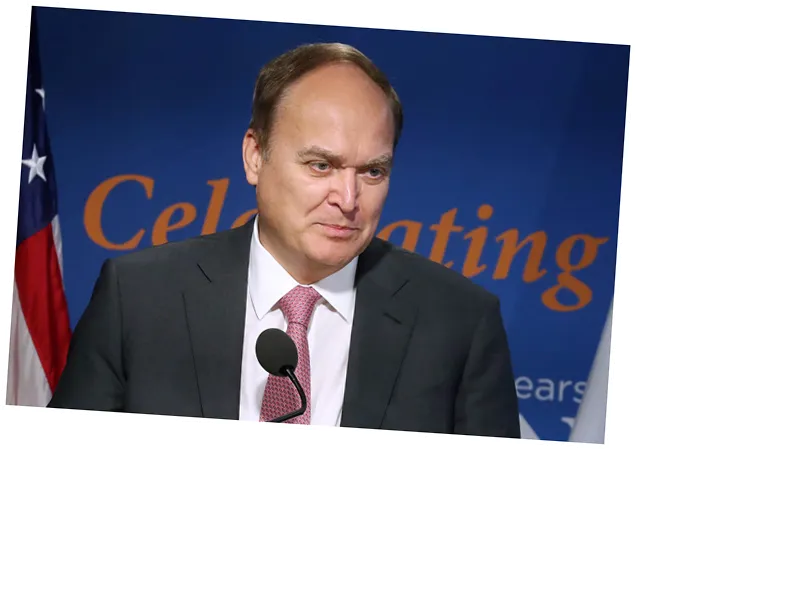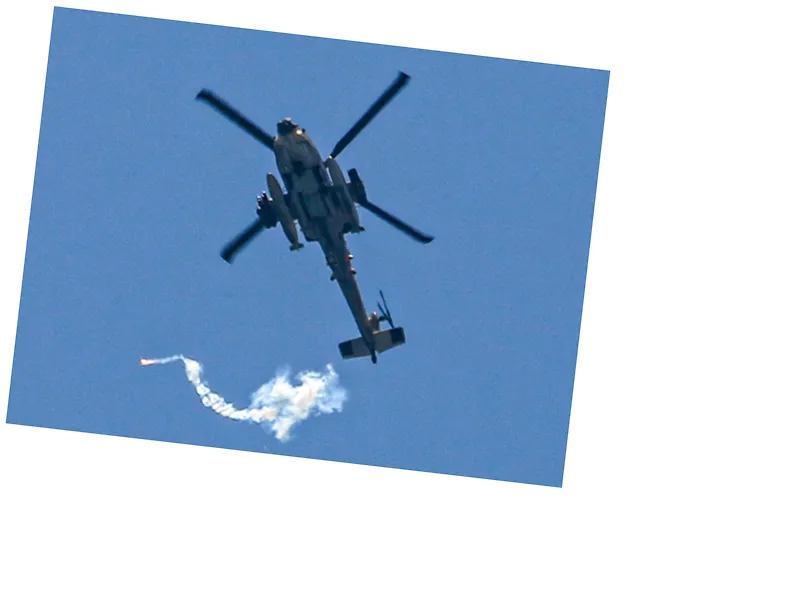Russia Expands Nuclear Exercises Amid Rising Tensions
Russia has announced an expansion of its nuclear exercises, involving soldiers and sailors from the Northern Military District in Leningrad, which borders numerous NATO member states including Norway, Finland, Poland, Estonia, Latvia, and Lithuania. This move signifies a broadening of the geographic area for Russia's nuclear exercises, now nearly encompassing its entire border with European countries, stretching from the Arctic Ocean down to the Black Sea. This development underscores the escalating tension between Russia and the West, following statements from Western officials suggesting the possibility for Ukraine to launch deep strikes into Russian territory using Western-supplied weapons.
Training and Cooperation With Belarus
The exercises involve multiple stages of preparation and execution. According to the Russian Ministry of Defense, the training included assembling special training ammunition for the 'Iskander-M' operational tactical missile system and secretly positioning launch vehicles in designated areas. Additionally, naval crews participated by equipping naval cruise missiles with special dummy warheads and conducting patrols in specific regions. In a significant show of cooperation, Russia has also begun a second phase of training for deploying tactical nuclear weapons in collaboration with Belarusian forces. Video footage released by the Russian Ministry of Defense depicted mobile missile systems being transported to fields and missiles being loaded onto warships.
Potential Changes to Russian Nuclear Doctrine
Russian President Vladimir Putin has made statements underscoring that nuclear weapons are not required to secure victory in Ukraine, suggesting that the ongoing conflict would not escalate into a nuclear war. However, he did not rule out potential changes to Russia's nuclear doctrine, which dictates the conditions under which nuclear weapons could be used. Historically, Putin has tended to maintain a steady approach to nuclear policy, with no significant alterations. Meanwhile, despite concerns, the United States has reported no observable changes in Russia's strategic nuclear posture, though it continues to closely monitor Russian nuclear activities. Russia and the United States remain the world's largest nuclear powers, holding approximately 88% of all nuclear weapons. Russia's non-strategic nuclear arsenal, surrounded by secrecy, is estimated to be substantial, with several tactical nuclear weapons reportedly having explosive powers significantly larger than those used in Hiroshima during World War II.
- The recent announcement by the Russian Defense Ministry marks the beginning of the second phase of Russia's non-strategic nuclear exercises. This phase follows the initial stage that began on May 21 in southern Russia. These exercises are part of a broader initiative ordered by President Putin to enhance the combat readiness and strategic capabilities of Russian nuclear forces. The timing and scope of these drills highlight the ongoing volatile relationship between Russia and Western nations.






